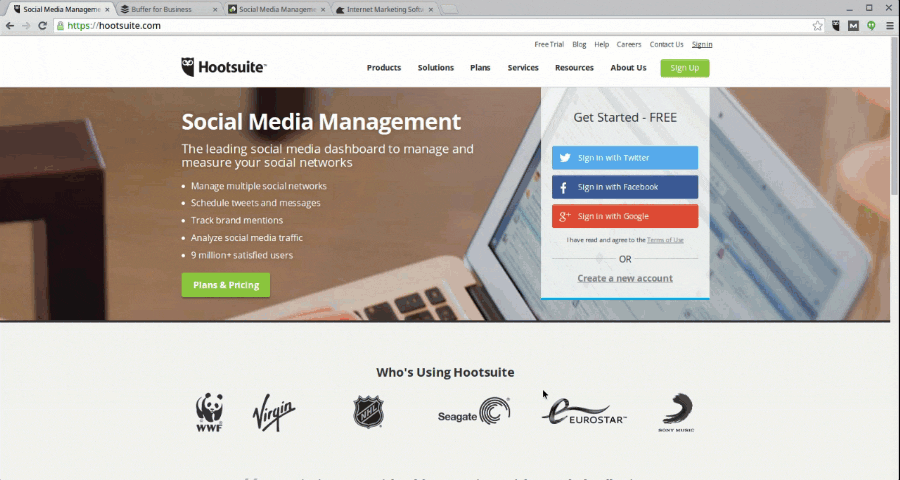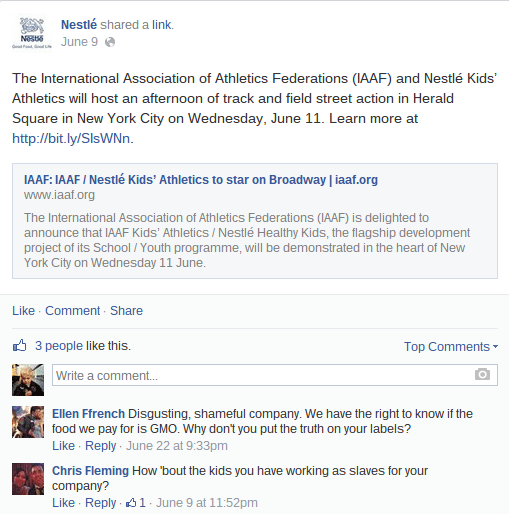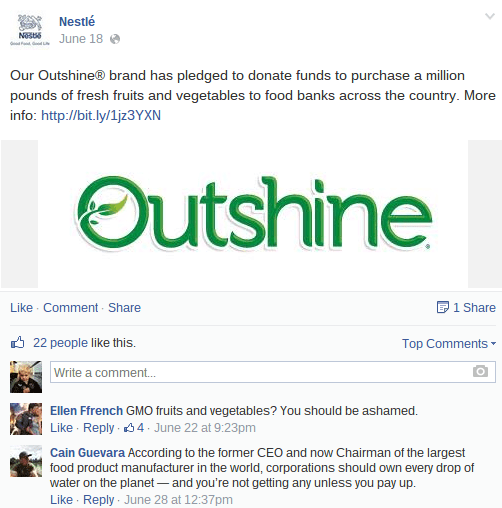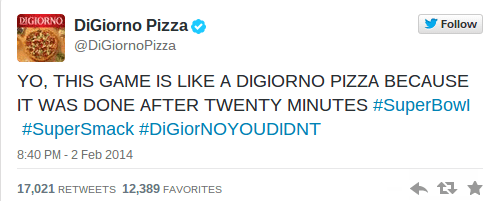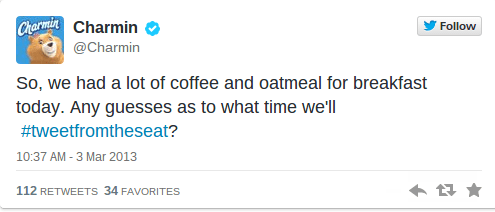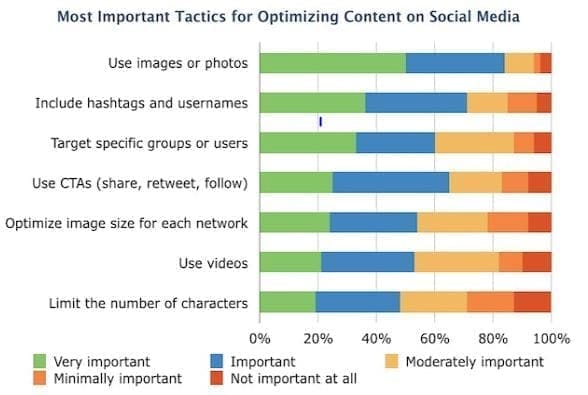In this video, Steve Groller and Jim Doherty discuss the biggest social media marketing gifts Santa forgot to leave under our trees in 2014.
Here’s to a New Year of social media success, useful integrations, customized business solutions, more efficient management, and killer reporting!
1. Desktop Notifications
Social media is a really fast-paced environment from a marketing standpoint, and I think it’s important that there’s a one-to-one connection with the intended audience. It can be a big disconnect from a brand standpoint if that communication is stalled or delayed by a certain degree of time.
A lot of social media platforms in 2015, we’re looking for that more instantaneous notification system. A lot of them have those notification systems, but they’re very mobile-based; they’re not so much desktop-based. And throughout the day, a social media marketer might not be on their mobile phone, on that mobile application as much as they might be on their desktop. And most social media marketers might have ten lists open with five or six tabs, and might not have the time or even the inclination at some points of the day, to scroll through and refresh each one of those feeds. But they would rather have that notification system, whether it’s a desktop pop-up or an email or something along those lines to let them know about the important things that are going on behind the scenes.
2. Realistic Upgrades
So the beauty of social media management solutions is their ability to integrate with other third-party solutions, whether it’s a CRM or whether it’s an app, different analytics platforms. That connection is great for businesses that have existing platforms but want to bring and tie all the pieces together.
A lot of these solutions say that all of these integrations are coming forward and they’re in the pipeline and they’re in the works, but none of these transitions actually translate into meaningful data that we can use.
So one thing that we wish for in 2015 and moving forward from these platforms is a more clear distinction between the expected roll-outs for updates and integrations and for better data, for better features, and what actually makes it to the platform at the end of the day.
3. More Robust Reporting
For any business that has made the foray into social media, one big challenge that we’re seeing is the ability to justify the expense and the investment, and show a return on investment for their activities on social. And for the most part from the marketer’s standpoint, that falls to reports. Reports of progress, reports based upon activities they’re doing on the networks and that sort of thing.
So from a reporting perspective, the visual interpretation that we’re able to provide to our clients and to upper management is key in our industry, especially when social media is becoming more visual in and of itself; that holds true for the reporting aspect as well.
So that’s why we hope for, on our wish list for 2015 for social media, that a solution comes around that can strike that balance between great looking visuals, customizable information, and quick exports into a presentable format.
4. Small Business Solutions
For a small to medium sized business to only be able to manage three of their accounts on a free version of a solution usually is problematic. Usually if they’re a local business, they have more than just a Facebook, a Twitter, and perhaps a Google+. There are other platforms that are very valuable to their business such as review platforms like FourSquare and Yelp. If they do videos on a regular basis, their YouTube is also probably a very important social asset.
There’s often a big disparity between the features any business needs and the features that really are catered to an individual person, so where you might want to run a campaign or a contest or something a little bit more elaborate for your small business, in most cases that costs an exorbitant amount of money in relation to how much you pay just to use the platform on a monthly basis.
In 2015, we’d like to see more middle-of-the-road options for small and medium sized businesses who don’t want to necessarily break the bank to run a contest or a promotion, to incentivize their customers to connect with them, to have a more meaningful relationship with their customer base, and eventually turn that social media traffic into foot traffic.

